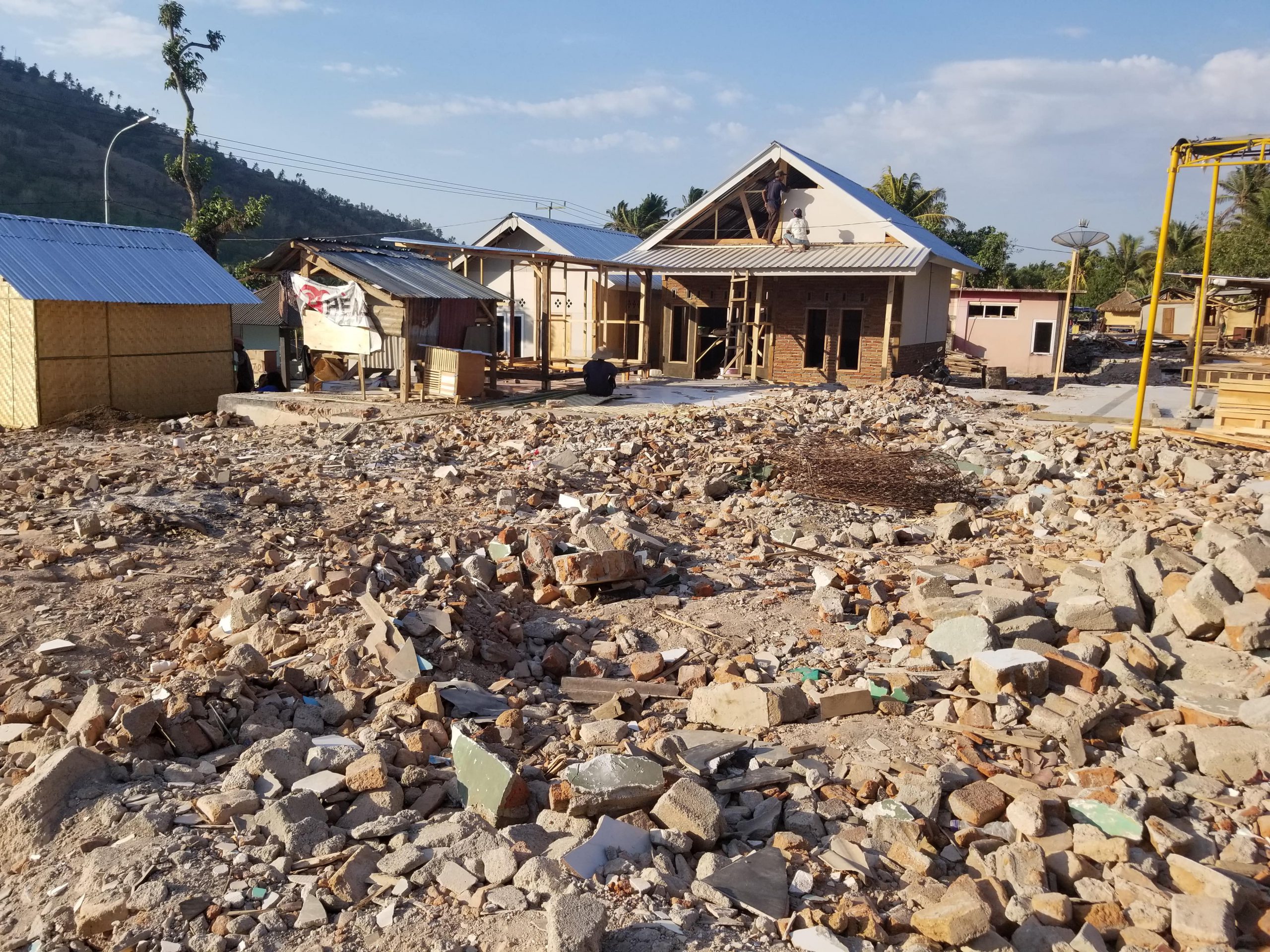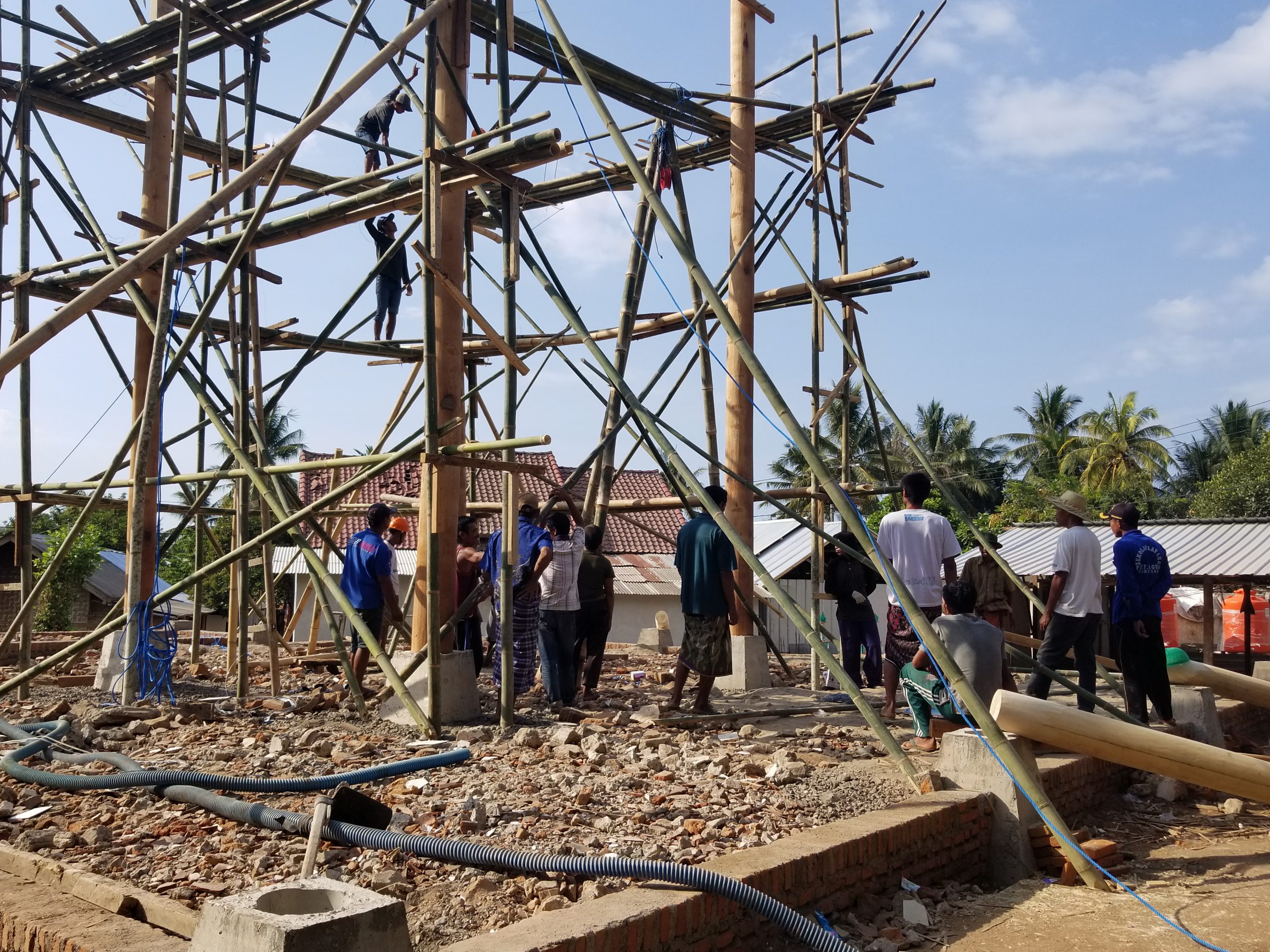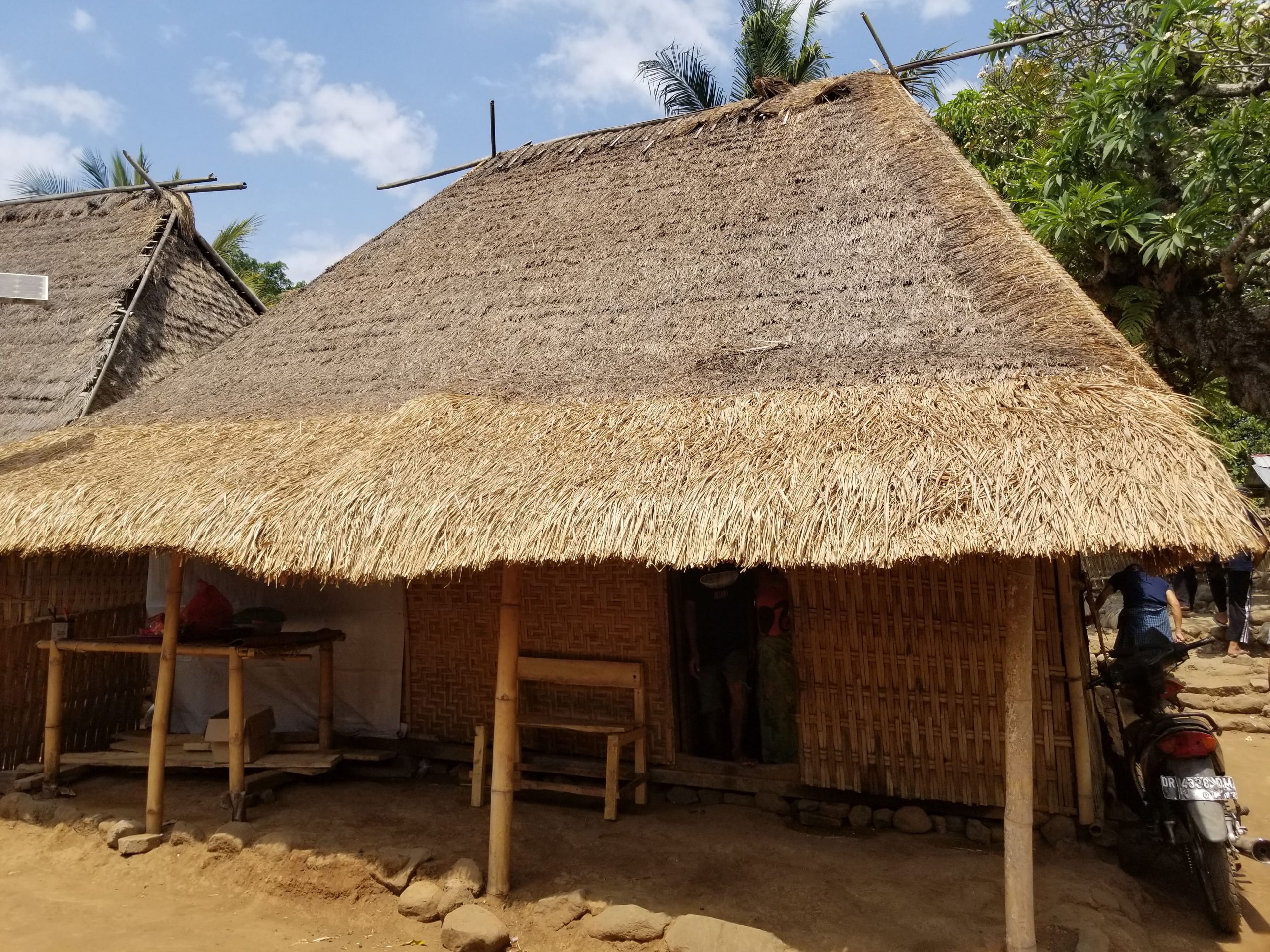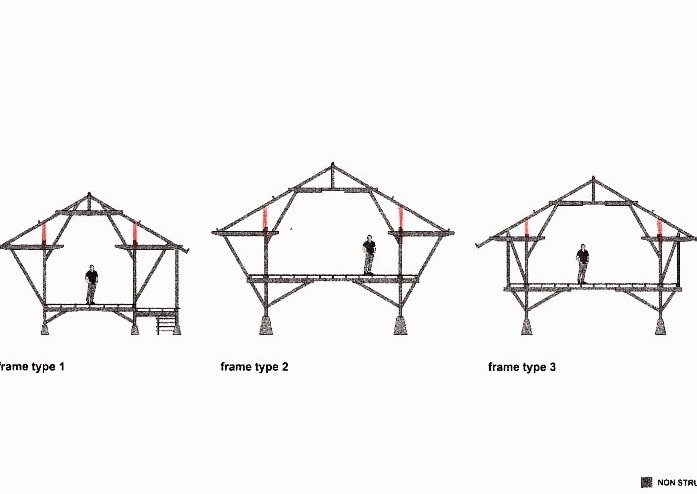Information about the Disaster & Map
About our project
(1) Initial survey and focus on traditional wooden architecture
〈Left〉 Damaged houses 〈Right〉 Rebuilding houses in Gotong Royong
〈Above〉 Damaged houses 〈Below〉Rebuilding houses in Gotong Royong
(2) Workshops to deepen understanding of wooden architecture
〈Left〉 Traditional wooden house in Lombok 〈Right〉 Wooden house design by Eco
〈Above〉 Traditional wooden house in Lombok 〈Below〉 Wooden house design by Eco





